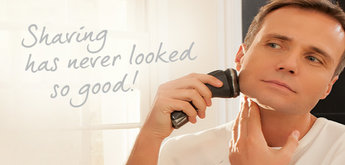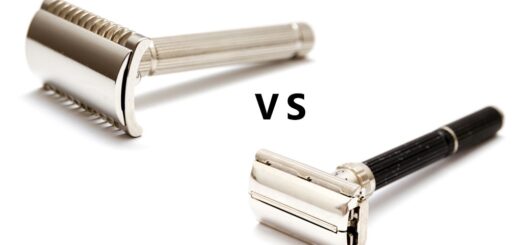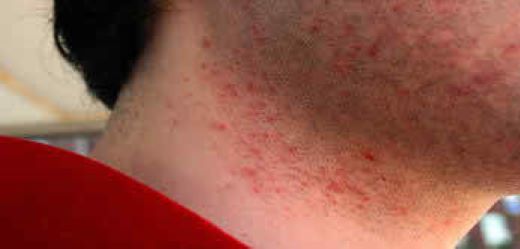How to Get a Close Shave While Avoiding Razor Bumps
Shaving daily and maintaining a smooth face has many benefits. Shaved faces tend to appear younger and more appealing. Clean faces also make favorable first impressions on prospective employers, according to GentlemansBlade.com. Exfoliation is another benefit of shaving daily.
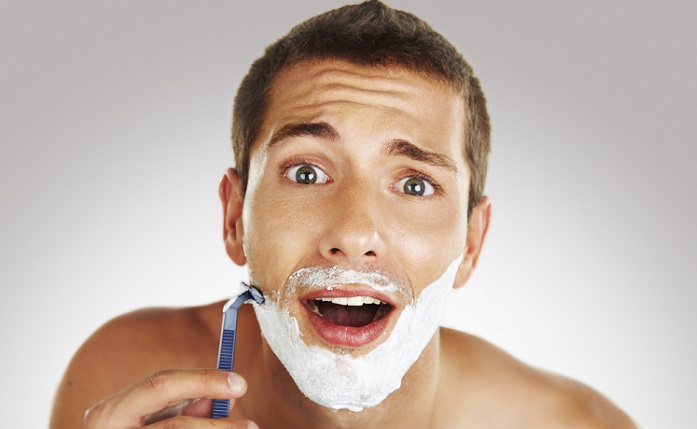
Exfoliation through shaving removes dead skin cells. This, in turn, reveals healthier, cleaner, more vibrant skin cells beneath. Unfortunately, shaving carries with it the risk of nicks, cuts and razor bumps. Daily shaving only exacerbates razor bumps. Below, you will find some tips and tricks on how to get a close shave while avoiding razor bumps.
How to Get a Close Shave & Avoid Razor Bumps: 9 Tips
Tip 1: Prep Your Face
Prep your face for shaving with a high-quality cleanser. Washing your face removes dirt, oil, and bacteria. It also hydrates your facial hair. Proper hydration causes your facial hair to swell and soften, making it easier to shave. Soft, easy-to-shave haircuts more easily and enables your razor to sever hair with little to no resistance.
Feel free to prep your face in the shower. Use a dedicated facial cleanser or any gentle products intended for both body and face. A number of gels and solid bars fall into this category.
Tip 2: Blot Your Face Dry with a Hot, Wet Towel
After cleansing, blot your face dry with a hot, wet towel. Leave the towel in contact with your cleansed skin for at least a minute. This further hydrates your hair as well as your pores, causing them to dilate. Dilated pores, hydrated hair and hydrated skin alleviate surface tension within the skin.
With tension relieved, your razor is more likely to glide over your skin. This is a crucial preliminary step in most “How to Get A Close Shave” tutorials.
Tip 3: Apply a Pre-Shave Lotion to Lubricate
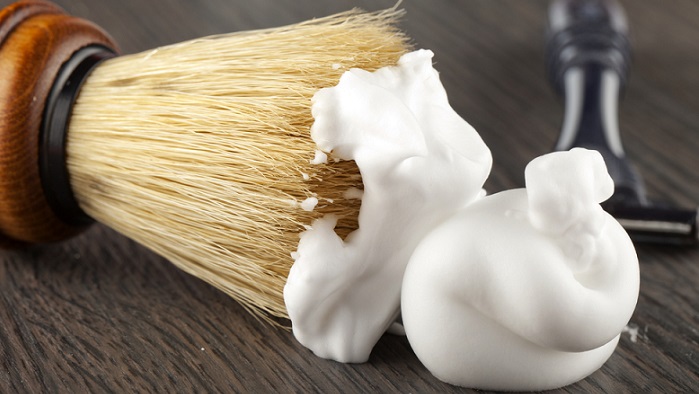
Minimal friction and pliability are essential to achieving a comfortable, nick-free shave and avoid razor bumps. After your hot, wet towel treatment, apply a pre-shave lotion per product instructions. This addition of lubrication forms a slippery film between your skin and your razor’s blades.
The added lubrication reduces friction tremendously. This enables your razor to remove hair during a single, smooth trip over your skin. It also allows you to apply subtle pressure without tearing/abrading your skin. It’s advisable to use pre-shave lotion before and after your hot, wet towel treatment. Some pre-shave products even recommend leaving the cream on your face for a few minutes.
Your goal is the deepest hydration of skin and stubble while creating an intact layer of lubrication.
Tip 4: Lather on the Shaving Cream
If you’re a hands-on kind of guy, lather your shaving cream onto your face and neck using a circular motion. Don’t skimp on amounts. Spread your chosen shaving cream on quite liberally, working it into a rich, thick concoction.
You can also use a shaving brush to lather on your shaving cream. Shaving brushes deserve an entire article of their own. In the interest of time, here’s a quick recommendation: badger hair. This type is the most traditional and widely available today. Badger’s hair is soft enough not to irritate skin. It’s also resilient enough to gently lift facial hairs out of their follicles.
Tip 5: Shave Soap: a Hygienic Alternative
If grappling with shaving cream dispensers isn’t your thing, consider shaving soap. Once a barbershop staple, shaving soaps come in hard, soft and creamy consistencies. Each type requires you to lather it on using either your fingers or a brush. With added ingredients for cleansing, shave soaps clean and exfoliate your skin while softening your beard.
Shaving soap is a must if you’re wondering how to get a close shave using more traditional products.
Tip 6: How to Get a Close Shave: Use Sharp Blades
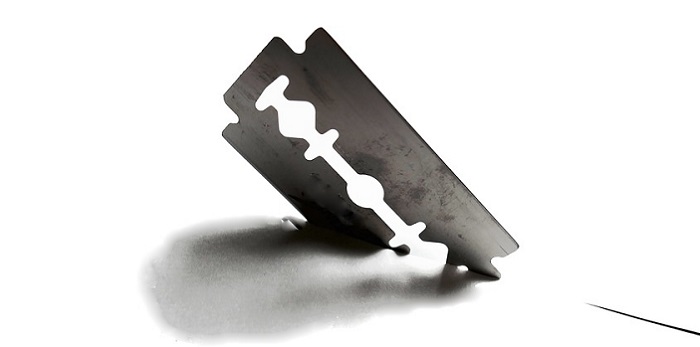
Regardless of your chosen razor, it should be sharp. Sharper blades are less likely to nick you or cause razor burn. Before your initial stroke over your skin, run your blade under hot water.
Tip 7: Shave with the Grain
Shaving with the grain prevents almost all shaving-related issues, such as burn and bumps. For most men, this means shaving in a downward direction. Go over your beard only once, twice at most, and use short strokes to concentrate on each area. This is precisely how to get a close shave. Men with especially fine beard hair might be able to break this rule, but doing so isn’t advisable.
Tip 8: Easy Does It
Don’t press down excessively on your skin with the blade. This is a direct cause of burn and bumps. Rinse your blade between every few strokes or as required. After shaving all your hair, rinse off the excess shaving cream with warm water. Follow up with a gentle facial wash, and then splash your face with the coolest water you can stand to close your pores.
Tip 9: Moisturize and Tone
Prevent irritation by massaging a quality aftershave moisturizer into your newly shaved skin. This replenishes moisture lost with your exfoliated skin layers. Aftershaves also generally have mild antiseptic ingredients that kill razor-bump causing bacteria. A toner is optional but comes in handy for guys who experience frequent post-shave discoloration.
Most commonly available toners are safe to apply to the whole face. Toners even out your complexion and improve the overall texture of your skin.
Bottom Line
Getting a flawlessly smooth, Hollywood-style shave and avoiding razor bumps is quite possible. Shaving is an art, and practice makes perfect. Everyone’s skin and hair texture are different, so experiment with different cleansers, pre-lotions, razors, creams, soaps, brushes, and aftershaves. If you’ve already experimented, please share some details about your experiences.
Bear in mind that avoiding razor bumps entirely might not be possible depending on how coarse your hair is. At the same time, you can greatly increase the likelihood of a clean, bump-free shave by following these steps. Now that you know how to get a close shave, put your newfound knowledge and skills to the test.
